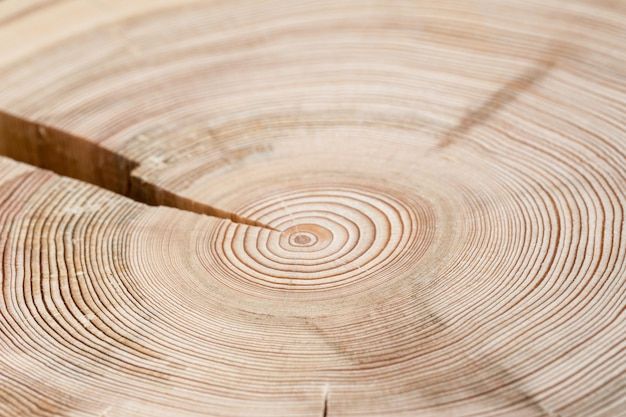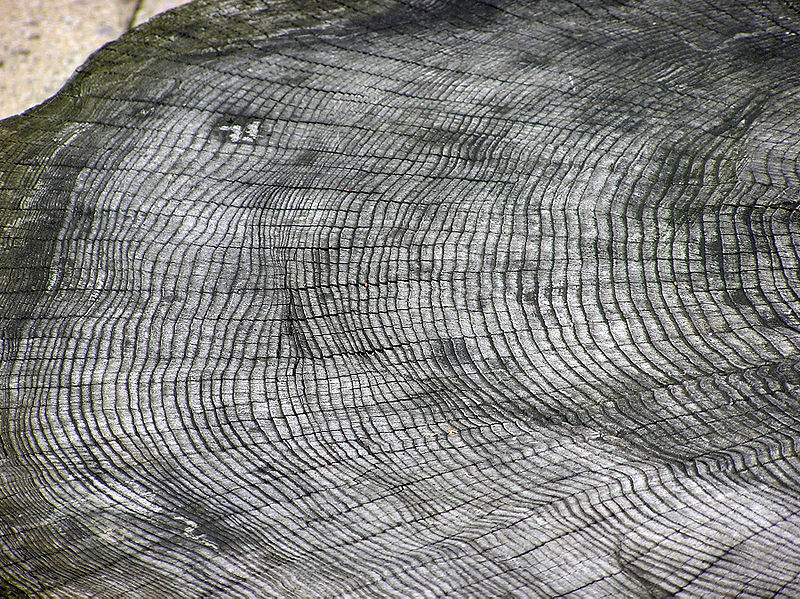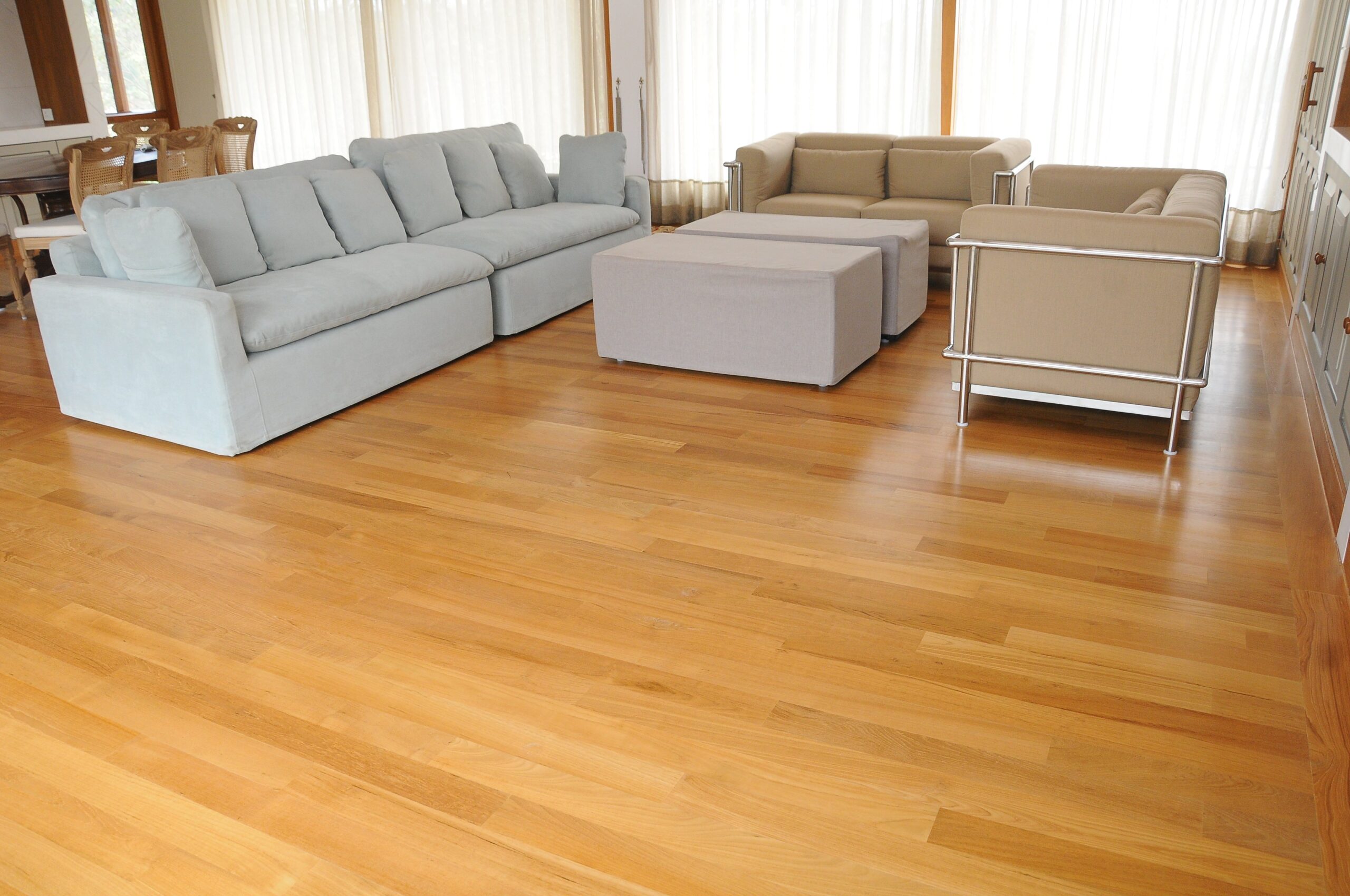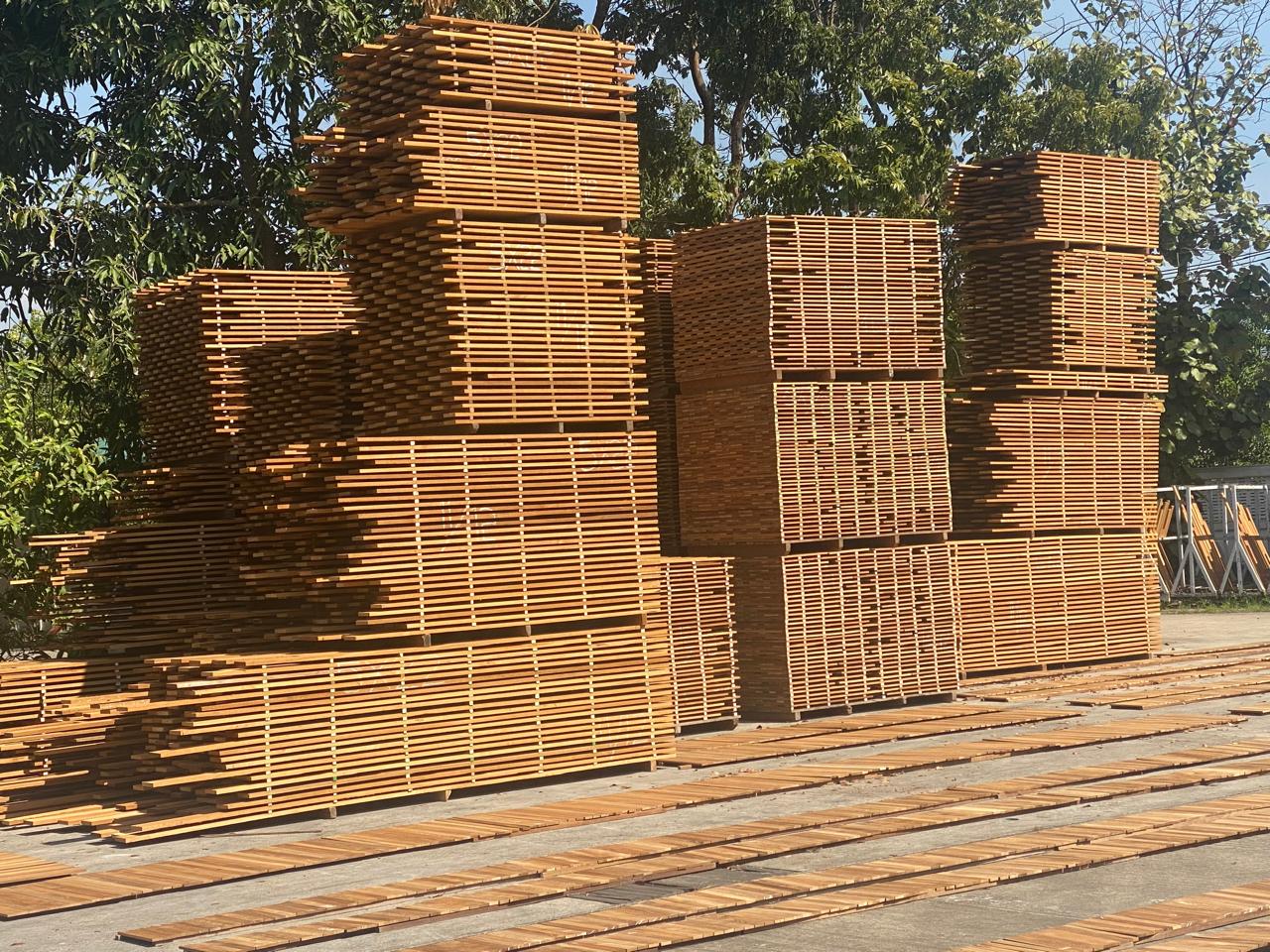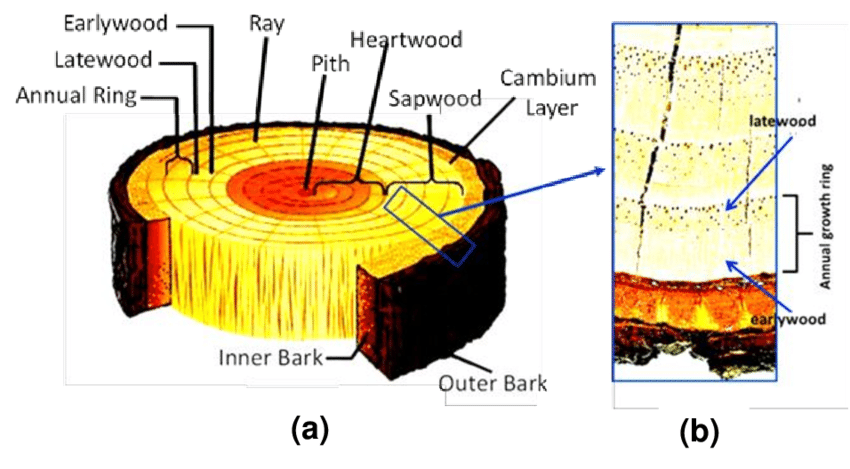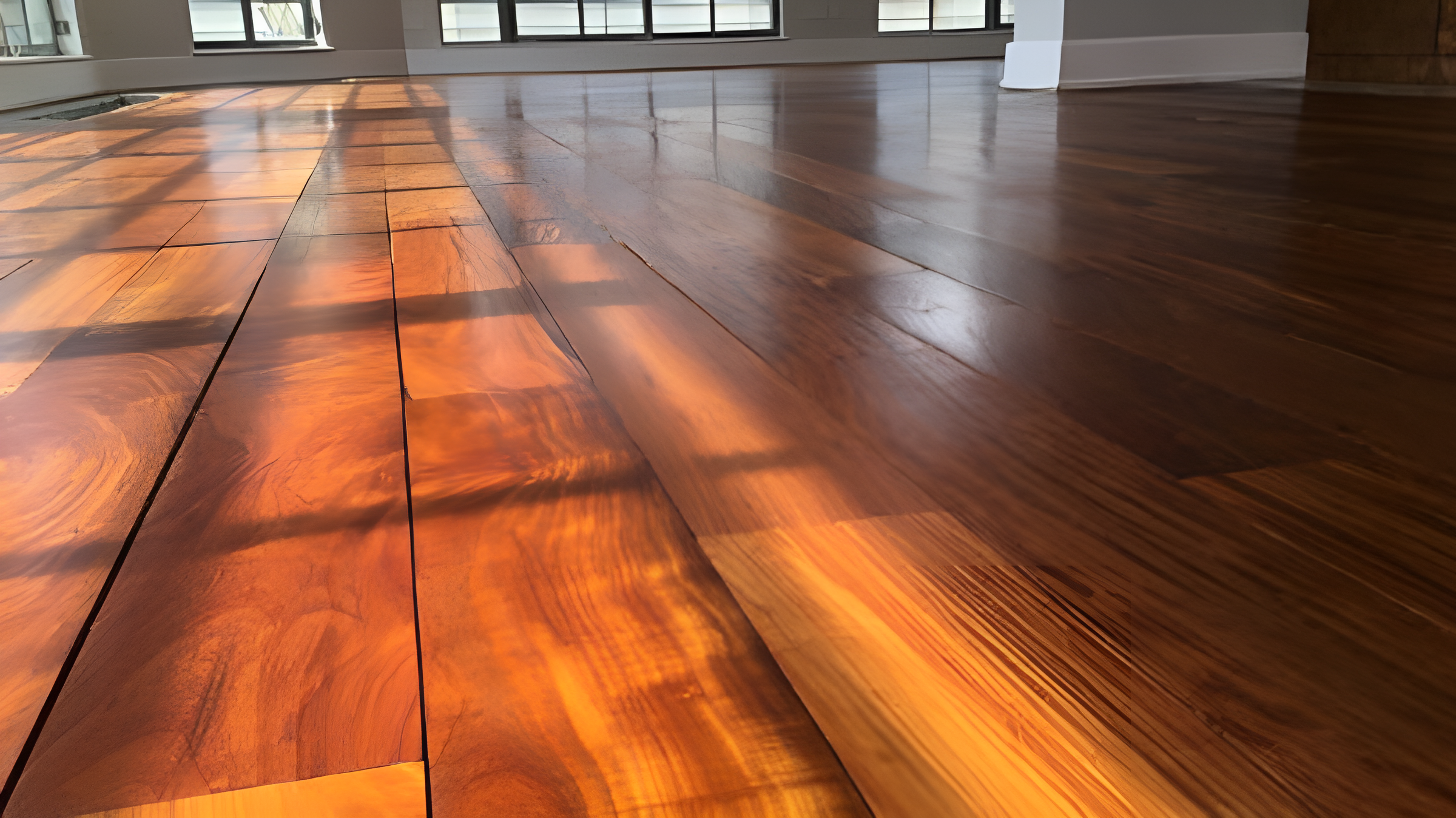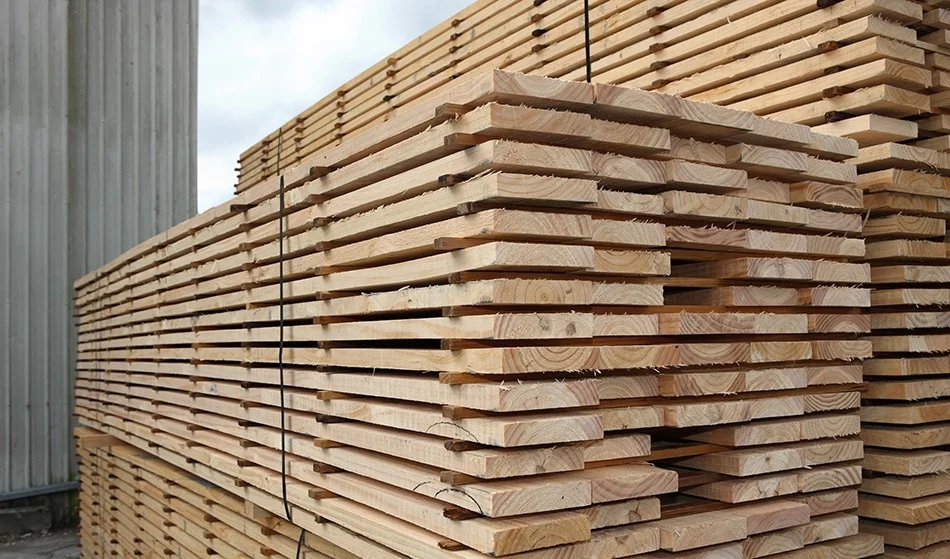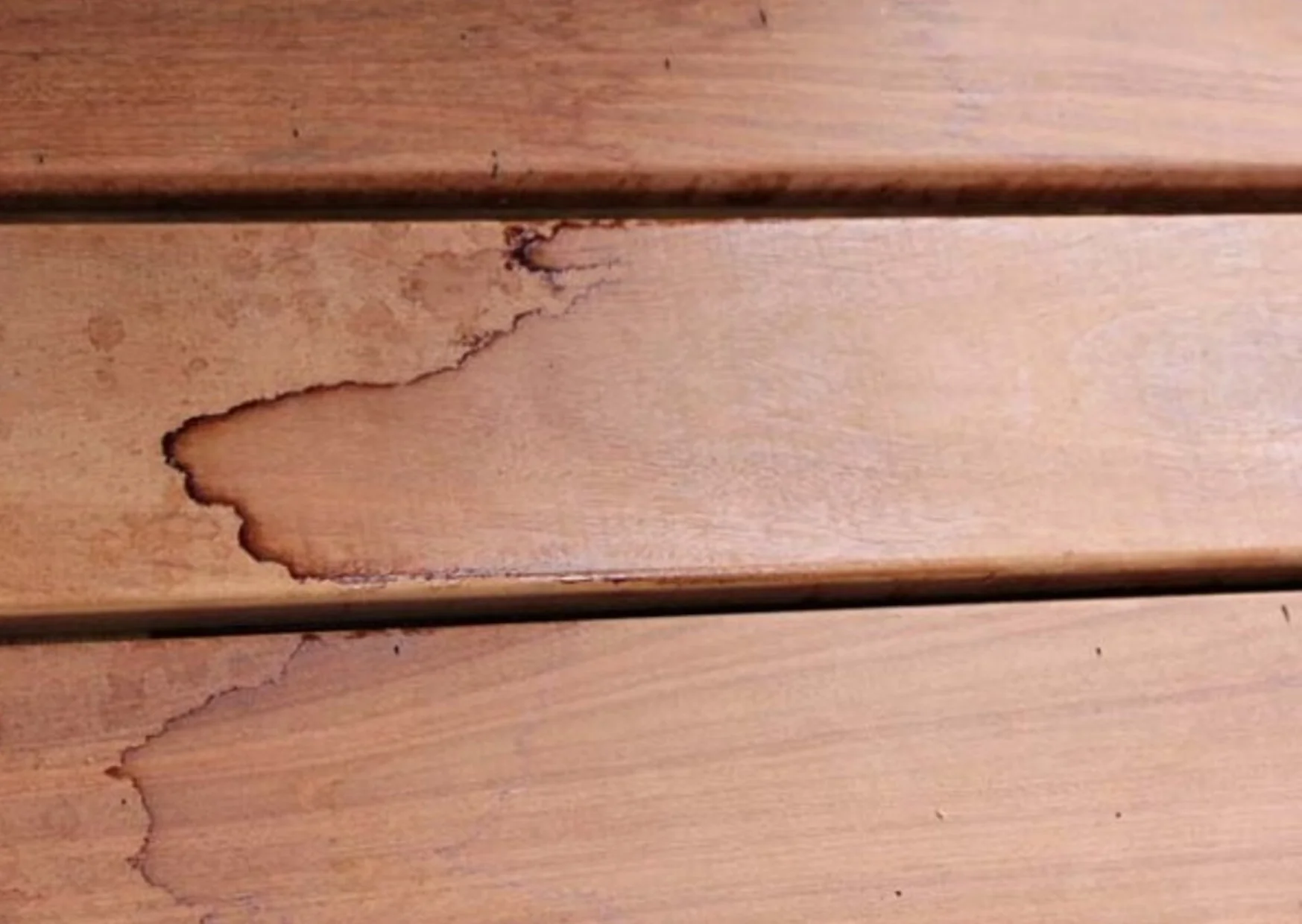Annual rings are significant as they not only indicate the age of the tree but also provide insights into the growth conditions of that year. A broader ring suggests a year with ideal growing conditions, while a thinner ring indicates harsher conditions, like drought or lack of nutrients.

The direction of the grain—whether it’s straight, wavy, or curly—affects the strength and flexibility of the wood. Straight grain tends to be stronger and more durable, making it ideal for construction, furniture, and flooring. On the other hand, irregular or wavy grains can enhance the aesthetic appeal of wood, making it a sought-after feature in high-end furniture.
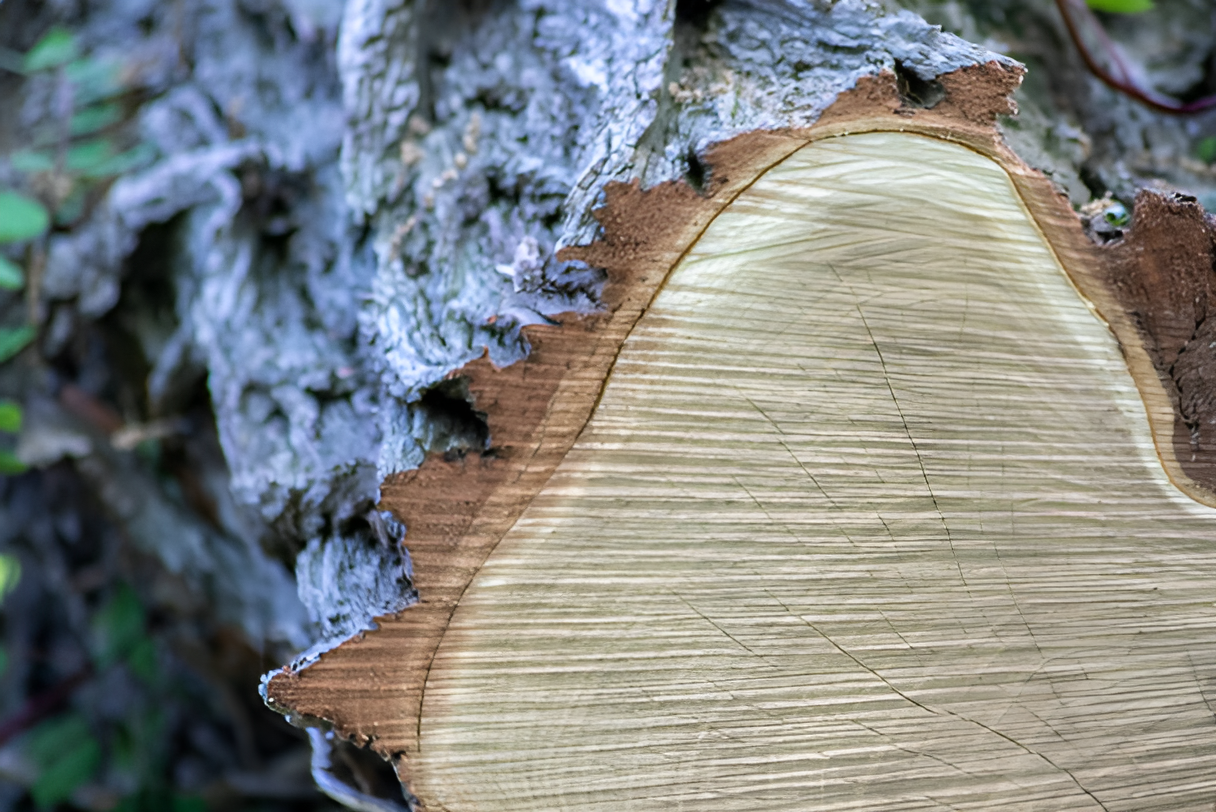
Durability: The age of the wood, determined by its annual rings, can influence its strength. Older trees with wider annual rings may provide stronger, more durable wood.
Aesthetics: The grain pattern is crucial in the aesthetic appeal of wooden products. A unique grain can make a piece of furniture or flooring stand out, adding character and beauty.
Workability: Wood with straight grains is easier to work with, as it is less likely to split or crack during cutting or shaping. This is particularly important in carpentry and furniture making.
Moisture Resistance: The width of annual rings can also impact the moisture resistance of wood. Wider rings may indicate a wood type that is more resistant to environmental changes, while narrower rings may mean that the wood could warp more easily under changing humidity levels.
